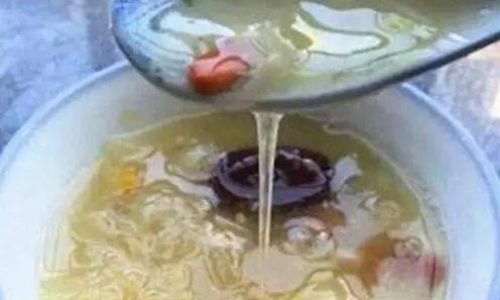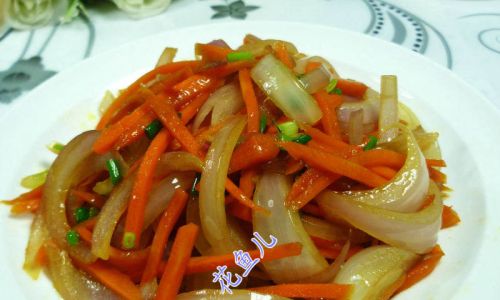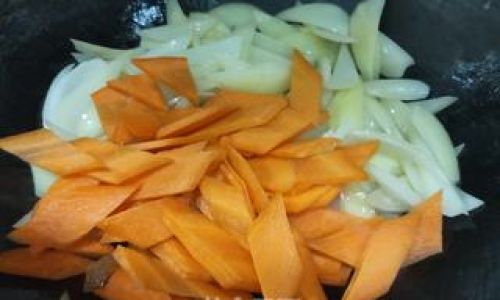Introduction
In the realm of culinary traditions and food safety, numerous questions arise regarding the consumption of leftovers, especially when it comes to perishable items like cooked tremella fuciformis, commonly known as white jelly fungus or silver ear mushroom. This delicate, translucent edible fungus is cherished in Asian cuisines for its unique texture and myriad health benefits, ranging from immune-boosting properties to skin nourishment. However, the question of whether cooked tremella fuciformis remains edible after being left overnight often perplexes both home cooks and food enthusiasts. This article delves into the intricacies of food safety, the characteristics of tremella fuciformis, and the factors influencing the edibility of leftovers, ultimately providing practical guidance on how to handle and store this nutritious ingredient.
Understanding Tremella fuciformis
Tremella fuciformis, native to various parts of Asia, particularly China, has been a staple in traditional medicine and cuisine for centuries. Its gelatinous texture and mild flavor make it an ideal ingredient in soups, desserts, and even skincare products. Rich in polysaccharides, vitamins, and minerals, tremella fuciformis is praised for its ability to moisturize the body, enhance lung health, and promote digestion. Its versatility in the kitchen means it can be prepared in numerous ways, from simple boiling to complex culinary creations.

The Impact of Cooking on Food Safety
Cooking tremella fuciformis typically involves boiling or simmering it in water or broth until it softens and expands, enhancing its texture and releasing its natural flavors. This process not only makes the fungus more palatable but also helps to neutralize potential microbial contaminants present on its surface. Heat treatment is a fundamental aspect of food safety, as it significantly reduces the risk of foodborne illnesses caused by bacteria, viruses, and parasites.
However, once cooked, tremella fuciformis, like any other perishable food, becomes susceptible to microbial growth if not handled and stored properly. Bacteria, including those that cause spoilage and food poisoning, can proliferate rapidly in warm, moist environments, such as leftover cooked tremella fuciformis that is not refrigerated promptly.
The Role of Temperature and Storage Conditions
Temperature plays a crucial role in determining the safety of leftovers. Bacteria thrive in the “danger zone” between 40°F (4°C) and 140°F (60°C). Therefore, cooked tremella fuciformis should be cooled rapidly to below 40°F (4°C) and stored in the refrigerator to slow down microbial growth. Prompt refrigeration is especially important within two hours of cooking, as this minimizes the time the food spends in the danger zone.
Proper storage containers also matter. Using airtight containers or sealed plastic bags helps prevent cross-contamination and reduces the risk of moisture loss, which can affect the texture and flavor of the tremella fuciformis. Additionally, avoiding repeated cycles of thawing and refreezing is advisable, as this can promote the growth of harmful bacteria.
Assessing the Edibility of Leftover Tremella fuciformis
When determining whether to eat cooked tremella fuciformis left overnight, several indicators should be considered:
-
Appearance: Look for any signs of discoloration, mold, or sliminess. Fresh, properly stored tremella fuciformis should retain its translucent, jelly-like appearance.
-
Odor: Smell the tremella fuciformis. If it has a sour, off, or unpleasant odor, it is likely unsafe to eat.

-
Texture: Feel the texture. If it feels excessively mushy or has lost its characteristic elasticity, it may indicate microbial degradation.
-
Taste: A small taste test can sometimes reveal off flavors, but this should be done cautiously, as even mild off flavors can indicate the presence of harmful bacteria.
If any of these indicators suggest spoilage, it is best to discard the tremella fuciformis to avoid potential foodborne illness.
Food Safety Precautions
To ensure the safety of cooked tremella fuciformis leftovers, follow these food safety precautions:
-
Prompt Cooling and Refrigeration: As mentioned, cool the cooked tremella fuciformis rapidly and store it in the refrigerator.
-
Proper Storage Containers: Use airtight containers to prevent contamination and moisture loss.
-
Reheating: Before consuming, reheat the tremella fuciformis to an internal temperature of at least 165°F (74°C) to kill any bacteria that may have multiplied during storage. This also helps to restore its texture and flavor.

-
Use-by Date: Keep track of how long the tremella fuciformis has been stored. Generally, cooked leftovers should be consumed within two days for optimal safety and quality.
-
Hygiene Practices: Always wash your hands, utensils, and surfaces thoroughly before and after handling cooked tremella fuciformis to prevent cross-contamination.
Understanding Microbial Growth and Foodborne Illnesses
The risk of foodborne illnesses increases when cooked tremella fuciformis is left at room temperature for extended periods. Pathogenic bacteria such as Staphylococcus aureus, Salmonella, and Bacillus cereus can multiply rapidly, leading to symptoms such as nausea, vomiting, diarrhea, fever, and abdominal cramps. In severe cases, foodborne illnesses can result in hospitalization or even death, especially among the elderly, young children, pregnant women, and individuals with weakened immune systems.
Therefore, adhering to food safety guidelines is not just a matter of preference but a necessity to protect one’s health.
Conclusion
In conclusion, the edibility of cooked tremella fuciformis left overnight hinges on proper handling and storage. By promptly cooling and refrigerating the cooked fungus, using appropriate storage containers, and adhering to food safety precautions, you can significantly reduce the risk of foodborne illnesses. Always assess the appearance, odor, texture, and taste of leftovers before consuming them, and discard any that show signs of spoilage. By doing so, you can enjoy the nutritional benefits and delightful texture of tremella fuciformis without compromising your health.
Remember, food safety is a shared responsibility, and with a bit of vigilance, you can enjoy delicious and safe meals, even when it comes to leftovers like cooked tremella fuciformis.





0 comments